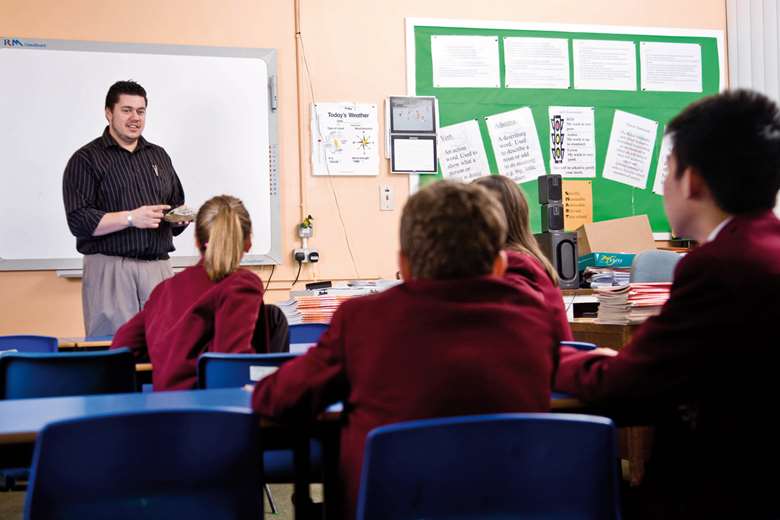Adopted children perform better in school than looked-after peers
Nina Jacobs
Thursday, May 16, 2019
Adopted children performed better at GCSE level across all attainment measures than their looked-after peers, latest statistics published by the government show.

New Department for Education data was added to the outcome data for children looked after by local authorities in England, to include children who have left care through an adoption, special guardianship order (SGO) or child arrangements order (CAO).
These pupils achieved an average Attainment 8 score of 31.1 in 2018 compared with 18.8 for looked-after children.
Attainment 8 measures the average achievement over eight GCSEs with extra weighting given to English and maths.
Their results were also better than those for children in need (19.0) but did not match those of non looked-after children (44.4).
Children who were adopted achieved higher Attainment 8 scores (31.9) than those pupils who were the subject of a SGO (30.1) or CAO (27.9).
They were also more likely to achieve the threshold in English and Maths GCSE (37 per cent) than SGO (30.8 per cent) or CAO (30 per cent) pupils.
In addition, adopted pupils achieved higher average English Baccalaureate scores (2.7) than SGO (2.4) or CAO (2.2) pupils.
Those who were the subject of an SGO achieved better average Attainment 8 scores than adopted children only when special educational needs (SEN) statements, or education, health and care (EHC) plans were factored in.
In this case adopted children with SEN or EHCs achieved 12.5, compared to 13.3 who were subject to an SGO, and 7.9 under a CAO.
At Key Stage 2, adopted children achieved slightly better results than looked-after children.
The report says these children were more likely to reach the expected level in reading, writing and maths than looked-after children and children in need but less likely than non looked-after children.
Children who were the subject of a CAO were the most likely (43 per cent) to achieve the expected standard in reading, writing and maths than those who were adopted (42 per cent) or those who left care under an SGO (38 per cent).
In comparison, 40 per cent of looked-after children in 2018 reached expected levels in reading, writing and maths at Key Stage 2.
Last month, DfE data showed looked-after children's GCSE grades had fallen slightly, widening the education gap with their secondary school peers.
The average Attainment 8 score for looked-after children dropped from 19.3 in 2017 to 18.8 in 2018.
This meant the attainment gap with their peers increased from 25.2 in 2017 to 25.6 in 2018 using this measure.




